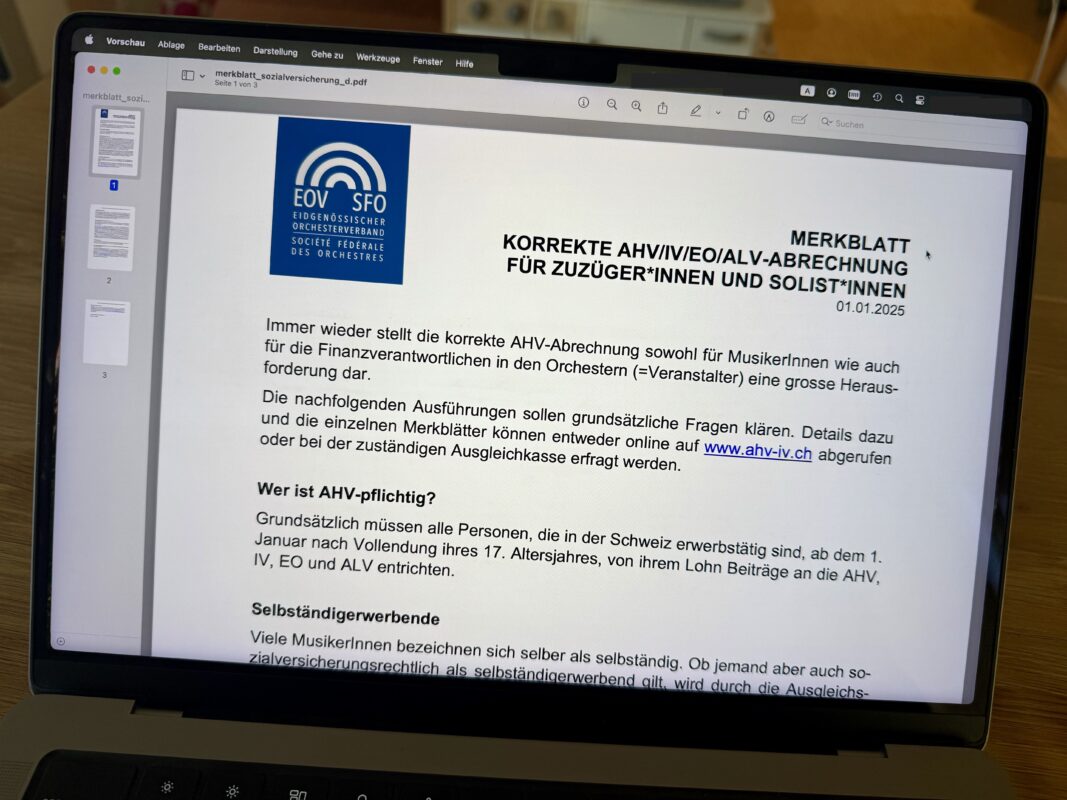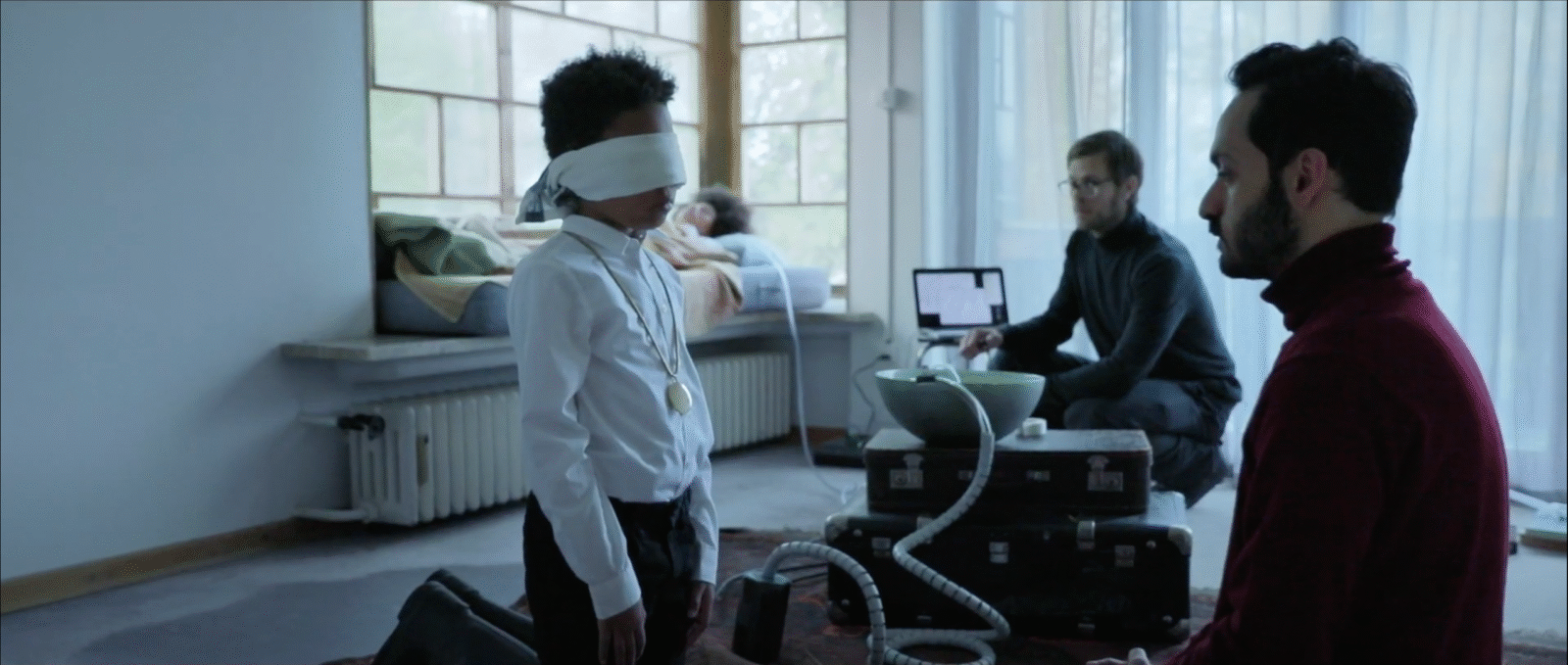Marta Walter Prize
The SMG awards the Marta Walter Prize (formerly the Hand-Schin Prize) to Dr. Stephan Klarer, who received his doctorate from the University of Graz and the Zurich University of the Arts with his dissertation "Pater Roman Bannwart und die Einsiedler Choralpraxis".

Helen Gebhart - In this interview, he gives an insight into his work.
Stephan Klarer, what significance does the Marta Walter Prize have for you?
The prize is a great honor for me and a huge pleasure in more ways than one: an award in the field of Gregorian chant research, which is a rather marginal area of musicology in Switzerland, is extremely gratifying. The fact that I, as a candidate from a university of applied sciences background, was able to win this prestigious prize makes me very proud. It shows that the old institutional divides in our field seem to have been overcome and that we perceive each other as equal partners.
You are a church musician, bandleader, also studied bassoon and teach as a lecturer at the ZHdK. To what extent do your varied training and experience influence your research?
As I only came to academia after more than two decades of artistic and pedagogical work, the transfer between research and musical practice is very important to me. I look for points of contact and also promote active exchange in my daily professional practice.
Due to my choice of topic for my dissertation and my teaching activities in the Church Music profile at the ZHdK, sacred music has had a certain preponderance in my research work to date. However, I would like to incorporate my experience as an instrumentalist and conductor into my research projects in the future. I have a lot of ideas, and the future will show which ones are feasible.
How did you come to the topic of "Father Roman Bannwart and the Einsiedeln choral practice"?
P. Roman Bannwart was my Gregorian teacher. His personality, his enthusiasm and his teaching skills have always impressed me. It was also natural for me to work in his spirit in my practice - I have been leading Gregorian chant ensembles for over 30 years. However, my teaching activities and my involvement in the AISCGre (Associazione Internazionale Studi di Canto Gregoriano) have also brought me into contact with other Gregorian chant specialists and their interpretation practices. Thus began a process of personal development, in which Bannwart always remained the benchmark. At some point, I wanted to know more precisely what was special about his way of singing chorales. I discussed this with Dominik Sackmann, my colleague at the ZHdK, and he encouraged me to get to the bottom of this question in a dissertation project.
Could you summarize some key findings from your work?
As an interpreter of Gregorian chant, Roman Bannwart was first and foremost a musician. The focus of his work was on the vocal, tonal, formal and suspenseful realization of the monophonic chants, less on the theological background of the texts. Another important basis of his interpretation practice was the "tradition of the house", which he himself often quoted and which could be examined and concretized for the first time in my work. In the impressive 60 years of his work, Bannwart continued to develop his chant practice on these two pillars, always guided by the latest scientific findings.
How has the musical life of Einsiedeln Abbey been reflected in music history to date?
There are several publications on the general musical history of the monastery and on music from the music library (e.g. in the series Music from Swiss monasteries of the SMG). In the broader history of music, however, Einsiedeln is only mentioned in connection with the emergence of neumatic writing and the first manuscripts from the 10th century. There is hardly anything to be found about the further development of Gregorian chant in later centuries, let alone about the history of Gregorian chant in Einsiedeln in the 19th and 20th centuries. I was able to close this gap to some extent with my work.
Is there anything that particularly fascinated you in your research on Einsiedeln Abbey?
It was impressive to discover the curiosity and creative power of the monks responsible for music in the hundreds of archival documents in the music library. They were not simply fulfilling a duty, but the monastery musicians were striving for artistic quality, mostly on the basis of the latest research findings at the time.
I was also impressed by the helpfulness and openness of the people in charge in Einsiedeln, especially Father Lukas Helg, the former abbey bandmaster and music librarian. I was first allowed to look around Fr. Roman's monk's cell, which still contained a number of interesting and important records and documents. I also had access to the music library's holdings, including all the books and manuscripts from several generations of monastery musicians.
What are you currently working on / researching?
I am currently working on the book production of my dissertation, which will be published in the series Zurich Music Studies will be published. I am also preparing two further research projects, one on the promotion of music by Zurich guilds and one on the history of hymnbooks in Zurich.








